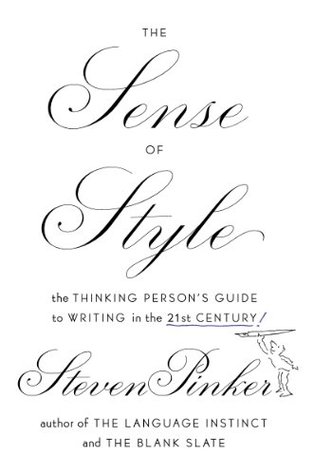More on this book
Community
Kindle Notes & Highlights
Read between
February 28 - March 6, 2020
dangling modifiers.
fused participles (possessives with gerunds).
if-then.
like, as, such as.
possessive antecedents.
preposition at the end of a sentence.
predicative nominative.
sequence of tenses and other perspective shifts.
shall and will.
split infinitives.
subjunctive mood and irrealis were.
than and as.
that and which.
verbing and other neologisms.
who and whom.
absolute and graded qualities
Uniqueness is not like pregnancy and marriage; it must be defined relative to some scale of measurement. I am told that all snowflakes are unique, and so they may be under a microscope, but frankly, they all look the same to me. Conversely, each of the proverbial two peas in a pod is unique if you squint hard enough through a magnifying glass. Does this mean that nothing is unique, or does it mean that everything is unique? The answer is neither: the concept “unique” is meaningful only after you specify which qualities are of interest to you and which degree of resolution or grain size you’re
...more
singulars and plurals
duals and plurals
things and stuff
masculine and feminine
But since he was speaking not of an individual female but of the entire pool, they felt right to him.
No man and any girl are grammatically singular but psychologically plural: they pertain to classes with many individuals.
commas and other connectors
apostrophes.
quotation marks.
First, look things up. Humans are cursed with the deadly combination of a highly fallible memory and an overconfidence in how much they know.
Second, be sure your arguments are sound.
Third, don’t confuse an anecdote or a personal experience with the state of the world.
Fourth, beware of false dichotomies.
Few good ideas can be insightfully captured in a single word ending with -ism, and most of our ideas are so crude that we can make more progress by analyzing and refining them than by pitting them against each other in a winner-take-all contest.
Finally, arguments should be based on reasons, not people.
All of these principles lead us back to why we should care about style in the first place. There is no dichotomy between describing how people use language and prescribing how they might use it more effectively. We can share our advice on how to write well without treating the people in need of it with contempt. We can try to remedy shortcomings in writing without bemoaning the degeneration of the language. And we can remind ourselves of the reasons to strive for good style: to enhance the spread of ideas, to exemplify attention to detail, and to add to the beauty of the world.


